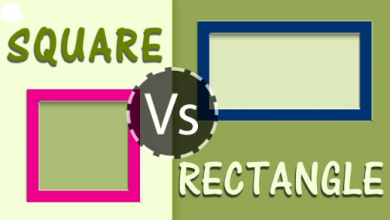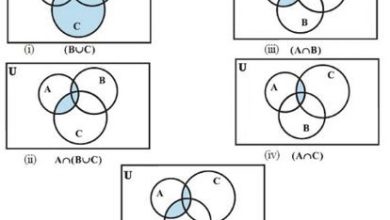Is a Rhombus always a Parallelogram?
A rhombus and a parallelogram are both four-sided geometric shapes that have their own unique characteristics. However, many people tend to confuse these shapes with one another, and one of the most common questions is whether a rhombus is always a parallelogram.
In this article, we will explore the relationship between these two shapes and provide a comprehensive overview of their definitions, similarities, and differences.
First, let’s start with the definition of a parallelogram.
What is a Parallelogram?
A parallelogram is a four-sided geometric shape where opposite sides are parallel to each other. This means that if two sides are parallel, so are the other two sides. The opposite angles of a parallelogram are also congruent. A common example of a parallelogram is a rectangle, which has all angles as right angles (90 degrees).
What is a Rhombus?
A rhombus is a specific type of parallelogram where all four sides have equal length. This means that opposite sides are parallel and congruent. The opposite angles of a rhombus are also congruent. A square is a specific type of rhombus where all four angles are right angles (90 degrees).
Overview
From the definitions of these two shapes, it is clear that a rhombus is a specific type of parallelogram. This means that all rhombi are parallelograms, but not all parallelograms are rhombi. This can be visualized by imagining a parallelogram as a “bigger” shape that encompasses all possible types of parallelograms, including rhombi.
One of the key characteristics of a rhombus is that all of its sides are congruent. This means that the shape is symmetrical, with all sides and angles being equal. The shape is also a type of diamond shape. On the other hand, a parallelogram can have sides of different lengths, making it not always a rhombus.
A square is a special type of rhombus and parallelogram. As a square is a rectangle, it is a parallelogram, and because it has all four sides congruent it is also a rhombus. This means that a square is both a parallelogram and a rhombus at the same time.
To further understand the difference between a parallelogram and a rhombus, one can consider the properties of opposite sides and angles. In a parallelogram, opposite sides are parallel and opposite angles are congruent. In a rhombus, opposite sides are parallel and congruent and opposite angles are congruent. A parallelogram that is not a rhombus will have opposite sides that are parallel but not congruent.
It’s also important to note that, while a rhombus is a type of parallelogram, not all parallelograms are rhombi. A rectangle and trapezoid are examples of parallelograms that are not rhombi, as they have opposite sides of different lengths.
Conclusion
In conclusion, a rhombus is a specific type of parallelogram where all four sides have equal length. The opposite angles of a rhombus are also congruent, making it symmetrical. A square is a specific type of rhombus where all four angles are right angles. A parallelogram can have sides of different lengths, making it not always a rhombus. Understanding the differences and similarities between these shapes is crucial to correctly identify them in mathematical and real-world problems.

